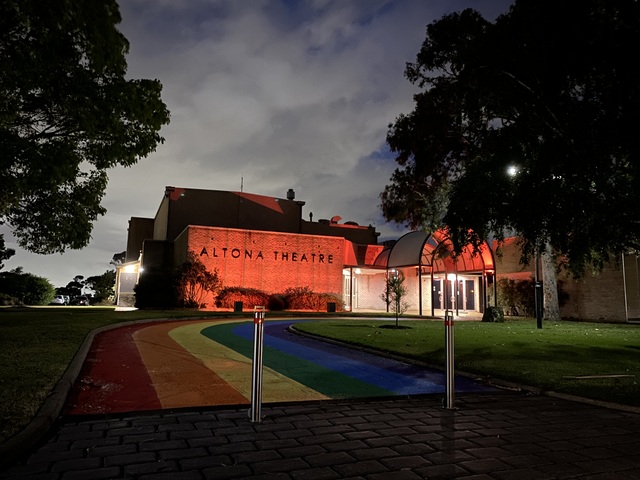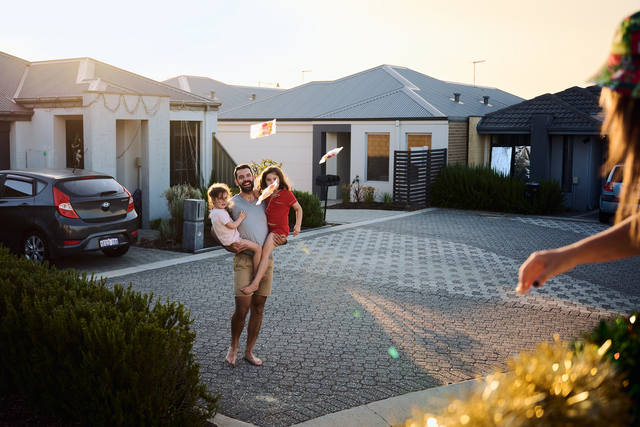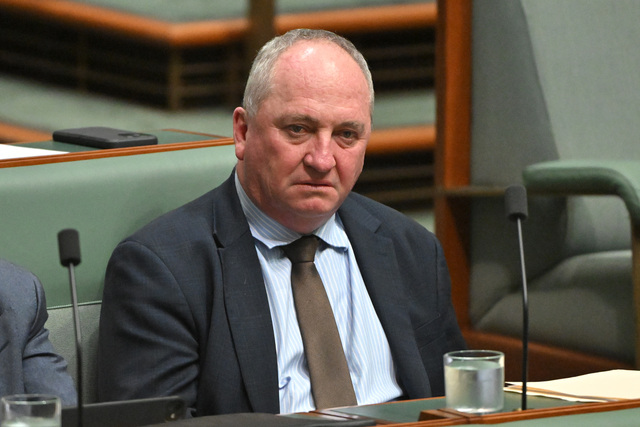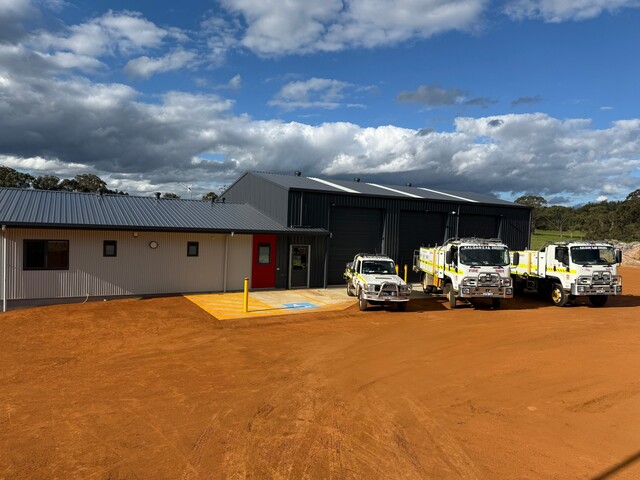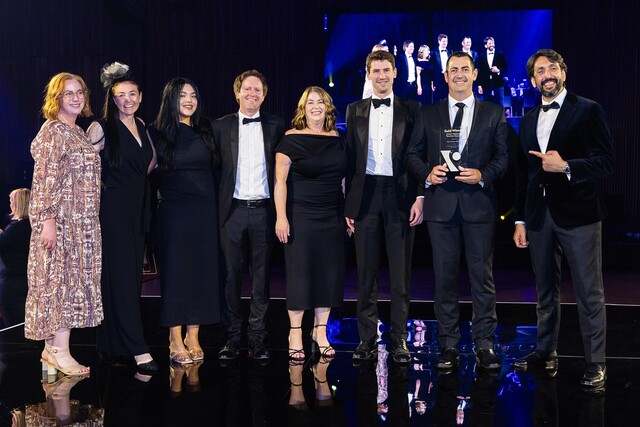Environmental initiatives by Local Governments in South Australia and New South Wales have won plaudits from overseas.
New York Mayor Michael Bloomberg has endorsed the City of Sydney’s efforts to cut emissions and plan for the future saying it’s what all global cities are doing.
At the same time, South Australia’s waste and resources management system represents global best practice according to a recent United Nations survey of Solid Waste Management in the World’s Cities.
The South Australian Local Government Association said that the report highlights the incredible amount of resources that SA Local Government has put into best practices waste management and recycling and the leadership of the State Government in putting in place appropriate legislation to assist with waste management.
LGA President Kym McHugh said the United Nations report recognised that the management of waste and the move towards landfill reduction and increased recycling has not always been easy but the results are more than worth the effort.
“The report gives a very comprehensive look at the history of waste management in South Australia, the introduction of the Zero Waste Act in 2004 and the promotion of waste management practices that have put us at the head of the field,” he said.
In part the report states “South Australia has demonstrated a high level of political commitment and willingness to ‘stick its neck out’ and implement some policies and legislation upon which other administrations take a more conservative position.
Mayor McHugh said the association continues to argue that the Solid Waste levy, which diverts 50 cents in every dollar of landfill tax charged to Zero Waste, should be returned to Local Government and waste industries for local waste management.
“However to achieve such international recognition, which points to the tremendous work that Councils do to manage waste, is well-deserved praise for all involved in waste management for our communities.”
In a video message, Mayor Bloomberg praised the Sydney’s greenhouse gas reduction target – one of the most ambitious of any government in Australia – to slash emissions by 70 per cent by 2030.
“We all need to improve the environmental performance of our cities, maintain global city status and competitiveness and improve sustainable transport including cycleways,” he said.
“What the City of Sydney is doing through its Sustainable Sydney 2030 plan is exactly what every global city that is seriously contemplating its future is doing.”
Lord Mayor Clover Moore outlined the City’s progress on its ambitious Sustainable Sydney 2030 program at the report back day – State of the City 2011.
“Reducing emissions is just one of the many projects we are working on to make Sydney greener, cleaner and more sustainable – it’s about securing Sydney’s future for the next generation,” the Lord Mayor said.
“We want Sydneysiders to be involved in shaping our city’s future and that belief informed every step of our unprecedented Sustainable Sydney 2030 community consultation.
“The result was an extraordinary consensus around what needed to be done.
“We consulted, we researched, we committed and now we are delivering. Our 2030 program is creating a green, global and connected City that holds its own alongside other great cities including London, Paris, Shanghai and New York.
“With partnerships and leadership, we’re ensuring Australia’s biggest city is the best place to live, work and visit, while also protecting the environment – and we’re making excellent progress.”
The Lord Mayor said the City’s 2030 program is the boldest, bravest and most wide-ranging program Council has ever undertaken.
Major milestones over the past twelve months include:
- setting aside $180 million to help transform central Sydney with light rail – the City’s biggest single investment since the Sydney 2000 Olympics
- finalising Australia’s first Decentralised Energy Master Plan which will supply the city with 100 per cent local low carbon energy in 20 years – the most ambitious government target in the country
- establishing the Sydney Better Buildings Partnership – an Australian-first alliance between Council and Sydney’s 13 major landlords who own nearly 60 per cent of the City’s office space and more than $100 billion in property assets. They’ve committed to cut carbon emissions and save energy, water and waste
- being on track to reduce emissions in the City’s own buildings and operations by 20 per cent by 2012
- completing the 10-kilometre backbone of Sydney’s bike network. Bike trips have already doubled and tripled on those routes
- planting 2,000 new trees to help ‘green’ city streets and villages with another 40,000 street and park trees planned to double the tree canopy over the next 20 years, improving air quality, creating more places for birds and animals to live, cooling the air and cutting power bills
- handing out $8 million in grants and sponsorships for local businesses, resident and community groups, cultural endeavours and major festivals
- refurbishing Australia’s premier retail strip, Pitt Street Mall, for the more than 65,000 shoppers who use it every day. We’ll soon add a decorative glow with a ribbon of low-energy coloured LED light tubes down the centre of the mall
- helping local businesses save enough water to fill 142 Olympic swimming pools through the Smart Green Business program which has just been expanded to include waste and electricity too
- enlivening Sydney’s public spaces and laneways with exciting programs and artworks
- greening the City’s vehicle fleet with more than 20 diesel-electric hybrid trucks, reducing CO2 emissions by 30 per cent, with a program under way to fit cleaner exhaust systems to another 84 trucks.
The City expects to save $1.3 million a year by overhauling the energy and water performance of its major buildings.
Lord Mayor Clover Moore MP said the $6.9 million project would also be a big step to achieving the City’s ambitious carbon reduction targets.
“Retrofitting the City’s buildings with energy and water efficiency technologies will significantly reduce our costs – in fact, the project will pay for itself within six years,” the Lord Mayor said.
“It will also cut 7000 tonnes of carbon emissions a year, taking the City’s overall emissions reductions from 6.8 per cent to 19.9 per cent – well on the way to our target of 70 per cent by 2030 (on 2006 levels).”
“Cities are responsible for 70 per cent of carbon emissions globally, so it’s essential that we take firm action now to ‘green’ our offices and buildings.”
The program will retrofit 46 of the City’s major buildings, including Town Hall House, the Woolworths building, Customs House, pool centres, community centres, libraries and car parks.
They will be fitted with energy efficient lighting, air-conditioning and heating, centralised power management systems to reduce energy consumption by computers depending on activity, and voltage reduction units to slash electricity use in pumps, fans and lights.
Water-saving devices including aerated taps and shower heads, cistern modifiers in toilets and waterless urinals, will also be installed.
The retrofit will cut energy use by 7.5 million kilowatt hours (kWh) a year – about the same amount of electricity used by a thousand homes – saving $840,000 a year. Water consumption will fall by 61,360 kilolitres a year, saving $200,000 a year.
The retrofit will also reduce maintenance costs and avoid $160,000 in carbon pollution costs.



